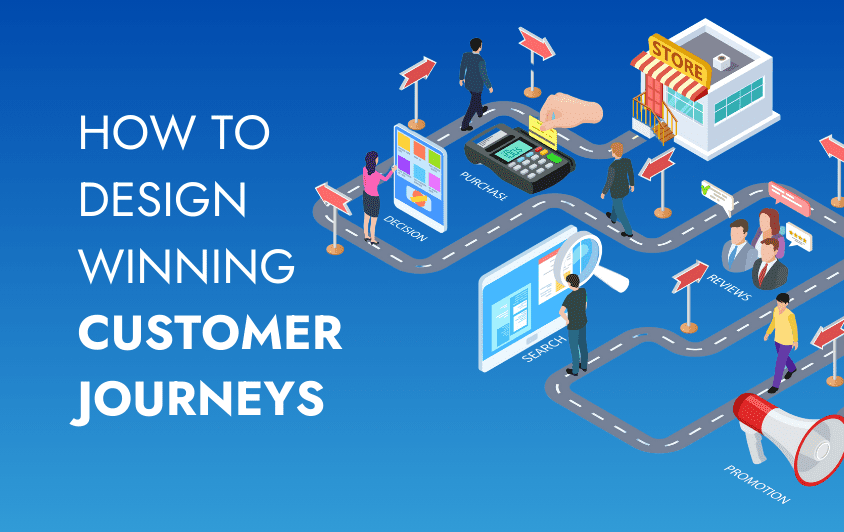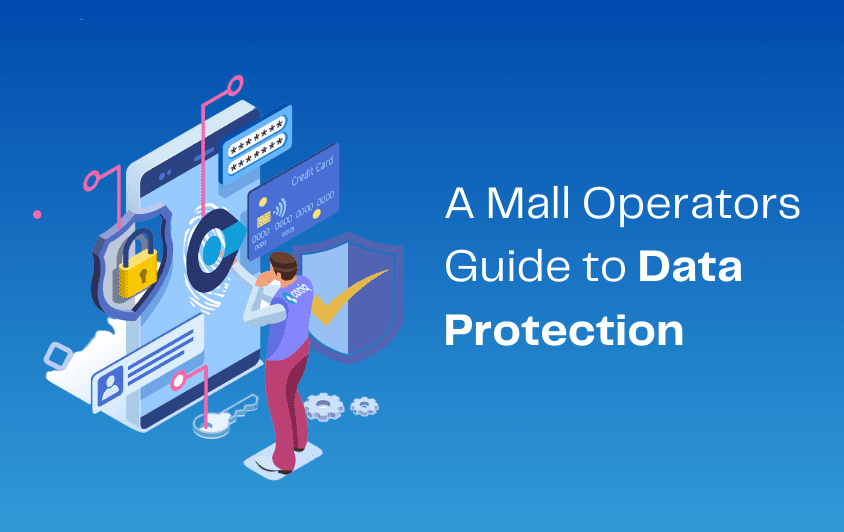Start Creating Winning Customer Journeys with Journey Builder
In today’s competitive retail environment, customers expect shopping destinations to anticipate their needs and preferences without repeatedly clarifying them. Retail destinations must offer personalized experiences demonstrating a deep understanding of customers’ desires and behaviors. Without this insight, retailers risk losing their customer’s loyalty and their sales. One effective strategy to enhance customer engagement is through customer journey mapping.
The Importance of Customer Journey Mapping
Customer journey mapping involves analyzing all touchpoints a customer encounters when interacting with your retail destination. This process combines multiple data sources to understand existing customer journeys and design ideal pathways that drive satisfaction, loyalty, and revenue.
Steps to Effective Customer Journey Mapping:
Step 1: Focus on a Specific Customer Journey
Begin by identifying the customer journey that will deliver the most value. Align this with your business goals and review your customer lifecycle to pinpoint the best opportunities for improvement. For example, if your goal is to increase customer spend but data shows a decline in visit frequency, your journey should focus on encouraging return visits.
A holistic and omnichannel approach is essential, as customers naturally engage with various marketing channels, and understanding these interactions can help create a seamless experience. In fact, 73% of consumers consider customer experience their primary decision-making criterion, making it crucial for securing loyalty. The global customer experience management market, valued at USD 10.65 billion in 2022, is expected to grow at a rate of 15.4% from 2023 to 2030. So, you need to define your strategy!
Step 2: Defining Your Strategy
Develop a strategy based on your objectives, tools, and available resources. For instance, if your aim is to increase visit frequency, consider the following:
- Customer Data: Analyze how different customer personas behave and identify those who could be encouraged to visit more frequently. For example, What is driving them to visit? How do they behave when they visit? How can you incentivize more visits?
- Tools and Channels: Use tactics like email marketing, website promotions, or mobile apps with geofencing to engage customers at the right moment.
- Journey Builder: Coniq’s Journey Builder tool enhances this process by allowing mall operators to customize interactions with shoppers based on their behaviors and actions. It facilitates behavior-based engagement, exclusive offers, and points assignments, maximizing the impact of a mall loyalty program.
- Resources: Ensure your technology stack provides a comprehensive view of customer touchpoints and that you can segment your audience for targeted communications. Coniq’s Journey Builder gives mall operators the ability to automate campaigns and track interactions ensuring shoppers receive timely and relevant messages to increase engagement.
Read more about how to get the most out of your tech stack here.
Step 3: Map Out the Customer Journey
Translate your strategy into specific touchpoints across the customer journey. Select a buyer persona and define engagement steps, considering their characteristics, opportunities, pain points, and preferred channels. This allows you to engage customers at the right place, time, and with the right channel.
For instance, if targeting high-spend/low-frequency customers, design a journey with tailored promotions and communication strategies to encourage more frequent visits. Coniq’s Journey Builder enables the creation of pre-defined flows to engage customers at specific points in their shopping journey, such as when they visit the mall or make a transaction. By sending personalized communications to inactive shoppers and optimizing the database for more efficient engagement, you can create a more meaningful and memorable shopping experience.
Step 4: Review, Test, and Improve
Review your mapped journey for gaps, test it with a subset of customers, and analyze the impact. Use control groups to compare results and measure the journey’s effectiveness. Your digital marketing tools will help track the ROI, revealing whether the journey successfully drives desired behaviors. Adjust and refine your approach based on these insights, utilizing A/B testing for continuous improvement.
With Coniq’s Journey Builder, mall operators can monitor the effectiveness of interactions, ensuring shoppers receive the right messages and rewards at the opportune time to encourage desired behaviors. This tool also allows for setting up notification triggers for events or sign-ups, keeping shoppers informed and engaged throughout their journey.
Conclusion
As the retail landscape evolves, creating meaningful, tailored interactions, is the only way to ensure customers remain engaged with your business. Leveraging customer data and insights, shopping malls can ensure they provide excellent customer experiences while achieving their business goals.






